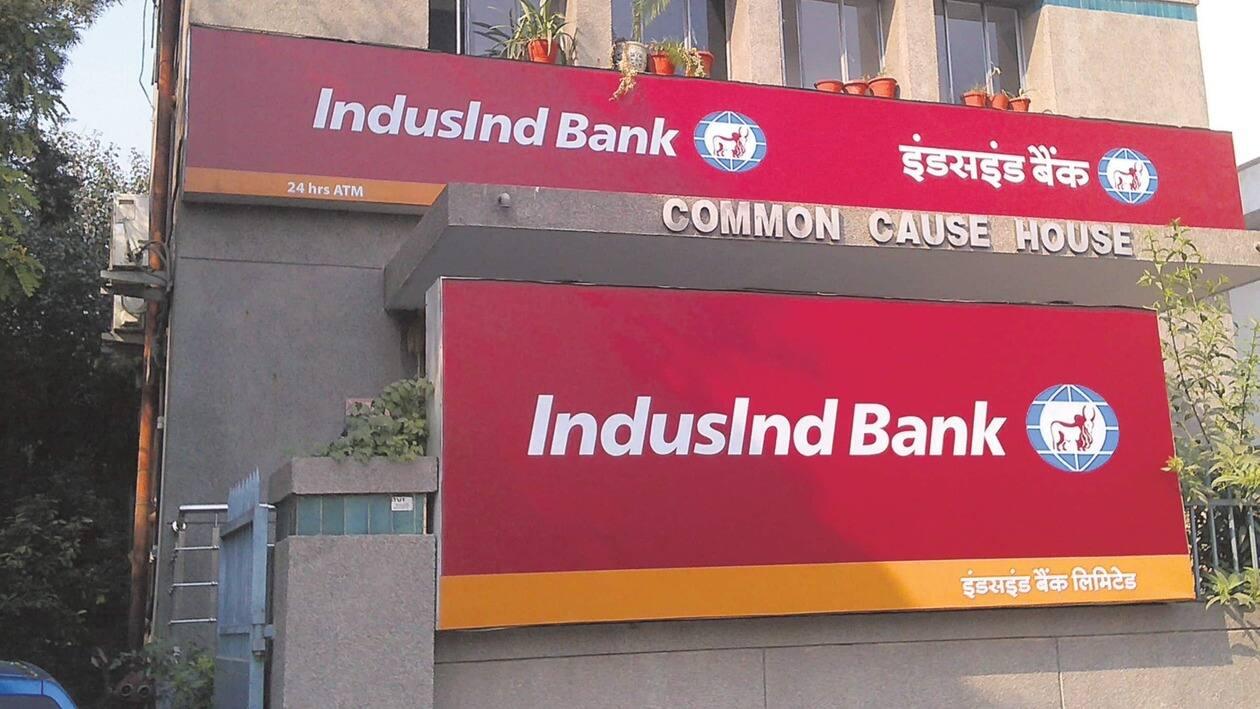IndusInd Bank, a leading private-sector bank in India, is well on its path to transitioning from a mid-sized bank to a profitable large one. The deposit franchise of the bank over the last few years has clearly evolved structurally and is now comparable to frontline large private-sector banks, said the domestic brokerage firm Anand Rathi.
Besides the strong moats in vehicle finance (VF) and microfinance (MF), the bank has added several granular levers for growth, including affordable housing, Bharat Super Shop, and used vehicles. The brokerage expects these sub-scale businesses to turn meaningful over FY23–26, and it says the loan book diversification is likely to drive robust 21% credit growth over FY23–26.
Further, the brokerage states that the bank has increased its share of retail loans from around 40% in FY18 to approximately 54% in FY23, and it aims to further elevate this share to 60% in its Planning Cycle 6.
Building a strong retail deposits franchise
Across peers over the last six years, IndusInd has seen the sharpest improvement in the credit/deposit ratio. From the mid-90s, the ratio has now improved to the mid-80s, which the brokerage says is in line with the larger private sector banks, and it expects IndusInd to maintain the C/D ratio near current levels.
On average, the retail deposits share has increased across peer banks. For new-age private banks, the increase in retail deposits has been the strongest, with IndusInd seeing the largest delta.
The brokerage noted that the strong traction in deposits at IndusInd was aided by a higher share of retail deposits. Management in Planning Cycle 6 aims to increase the share of retail deposits to 45–50%.
The CASA share of IndusInd has been steady at more than 40% over the last six years, which is better than other new-age private-sector banks. The brokerage anticipates the CASA share of IndusInd to improve by 150–200 basis points over the next two years.
Asset quality
Asset quality for IndusInd held up well even during pandemic-related disruptions, displaying prudent underwriting and collection strategy. The six-year average GNPA ratio for IndusInd was just over 2%, with only HDFC Bank having a better ratio, highlighted the brokerage.
The higher share of VF and MF, which faced greater disruptions during the pandemic, depicts its prudent underwriting, collection, and write-off methodology.
Similar to GNPA trends, the six-year average (including the Covid period) of NNPA for IndusInd is 76 bps, with only HDFC Bank having a better ratio.
Slippages for IndusInd were higher than the peer average given the bank’s greater exposure to MFI and VF, where historically slippages have been high. The brokerage underscores that asset quality for IndusInd during and post-pandemic in MFI and VF was better than that of the industry.
Profitability
According to the brokerage, sturdy margins (4%) and strong fee income (2% of assets) resulted in IndusInd having a higher PPOP margin than its peers, and it foresees the trend continuing. Strong operating performance combined with benign credit cost would keep its RoA near 2% through PC-6, it added.
Over the last six years, only HDFC Bank and Kotak Mahindra Bank have delivered a consistent 4% NIM. For IndusInd, the average NIM for the corresponding period was above 4%. With the large share of VF and MFI, the brokerage believes the bank would deliver NIM near current levels, unlike the peer group, for which it believes there would be some NIM compression.
Fee income at an average of 2% on assets is the highest of its peers in the corresponding period. The brokerage anticipates fee income will still be strong through PC-6.
IndusInd vs. Axis
As per the brokerage various parameters, including credit growth, margins, C/I, and RoAs, IndusInd has historically performed better than Axis Bank. Ahead, the brokerage expects the performance of IndusInd to remain superior to Axis Bank.
IndusInd traded at a premium over Axis until the Yes Bank fiasco impacted the bank, which was immediately followed by Covid-related disruptions. With the performance of IndusInd expected to be better than Axis over the medium term, the brokerage expects eventually that IndusInd will start trading at a premium.
Valuation
With multiple growth levers, strong profitability, and steady asset quality, the brokerage reiterated its 'buy' rating on the stock with a target price of ₹1,891 apiece.
The brokerage also highlights lumpy slippages from the corporate book, less-than-expected loan growth, and significant negative surprises on asset quality from microfinance book as key risks.
41 analysts polled by MintGenie on average have a 'buy' call on the stock.
Disclaimer: The views and recommendations made above are those of individual analysts or broking companies, and not of MintGenie. We advise investors to check with certified experts before taking any investment decisions.
